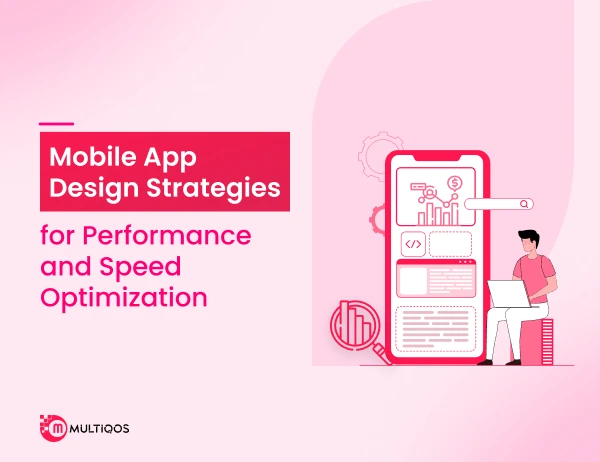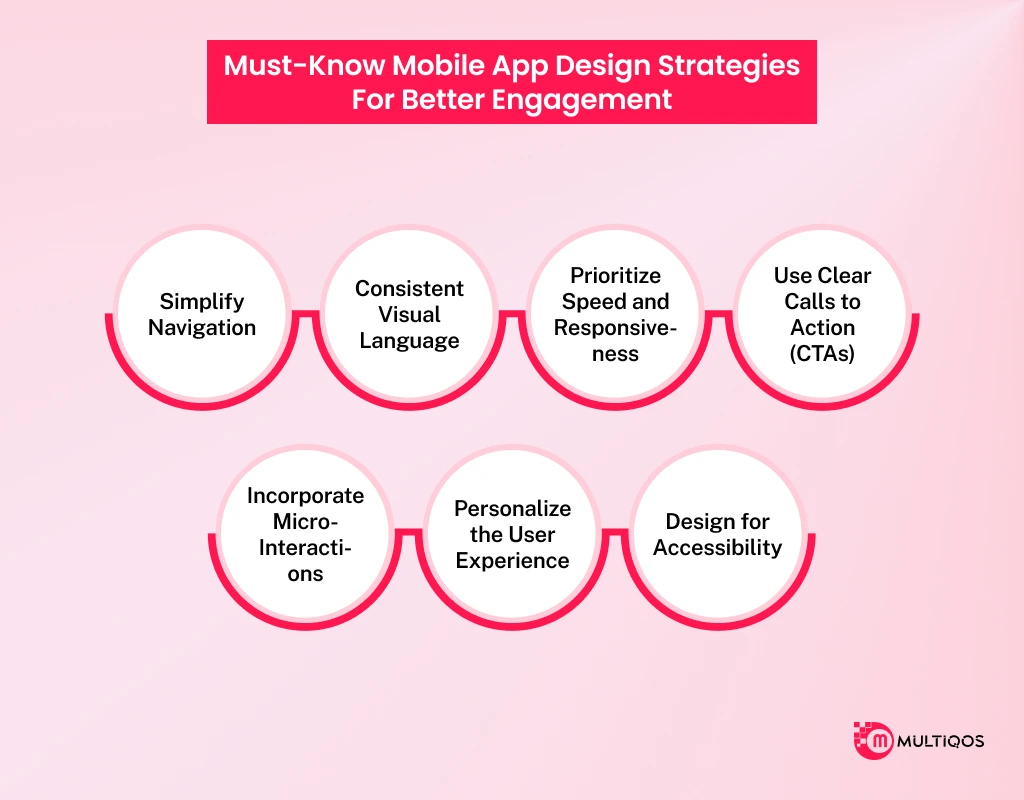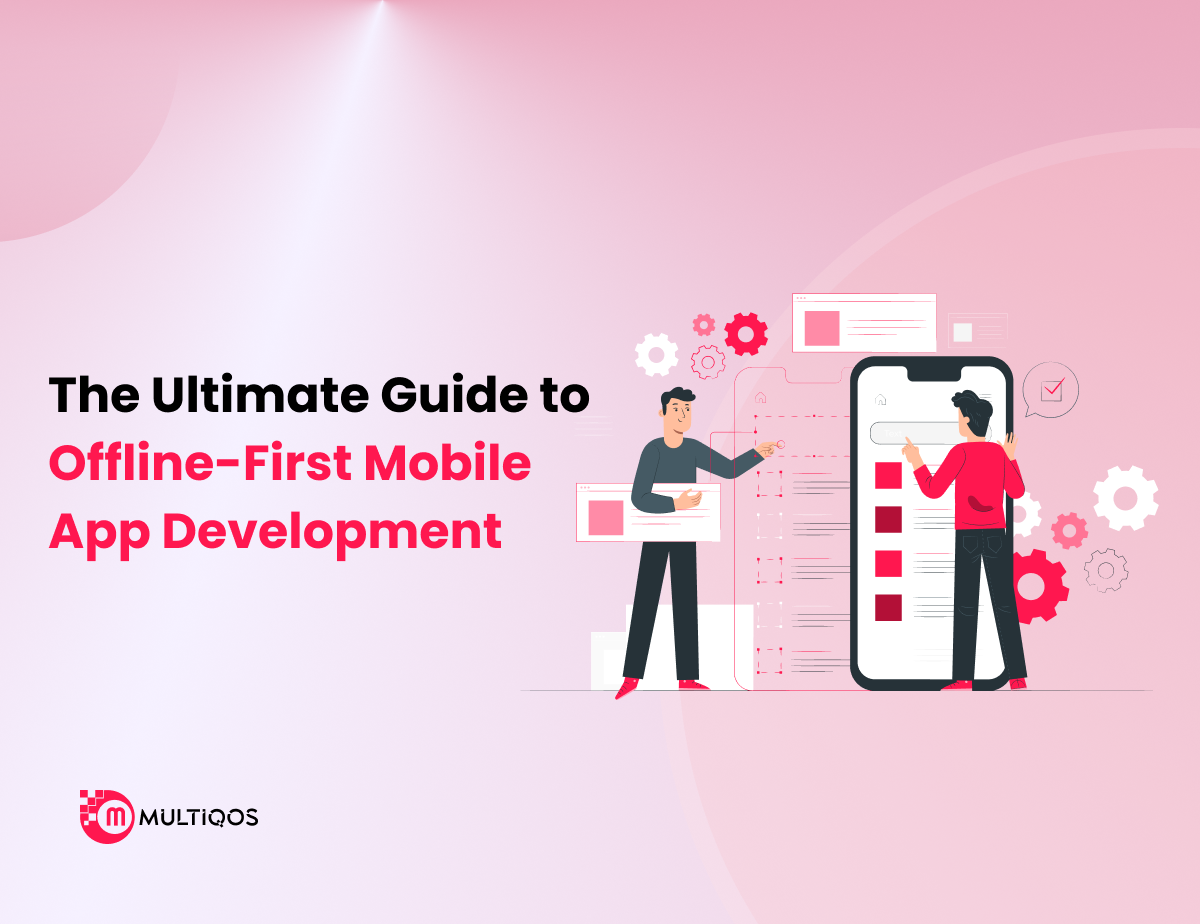Mobile App Design Strategies for Performance and Speed Optimization

Summary:
In a competitive app market, speed and performance are critical to user retention and satisfaction. This blog explores key mobile app design strategies that help ensure your app runs smoothly, loads quickly, and responds instantly to user interactions.
It emphasizes how design choices made early in the development process—such as layout planning, interface structuring, and asset management—can have a direct impact on technical performance. The blog also explains why designing with performance in mind isn’t just a development concern but a design priority that affects usability, engagement, and long-term success.
Introduction
In today’s mobile-first world, users expect apps to be quick, responsive, and seamless; anything less can annoy and prompt uninstalls. Although backend development is important, design is where performance begins. Speed and efficiency are directly impacted by an application’s structure, interface design, and asset management.
This blog discusses the important mobile app design strategies that focus on performance from the outset. If you are developing a new application or working to enhance an existing application, these strategies will aid you in increasing user interactions while enhancing experience flow, lessening wait times, and increasing performance.
What is Mobile App Design?
Mobile application design encompasses the creation of a mobile application’s graphical interface, mobile user interactions, as well as their respective experiences. It also encompasses user control elements like scrolling, clicking, transitioning between screens, and their general configuration. Each application developed needs to be functional, visually appealing, and adaptable across various screens and devices.
When it comes to mobile application development, design is one of the best tips that helps in serving the user’s requirements. Apps that are designed properly are visually appealing as well, increase user interaction and performance, improve usability, and make apps easier to navigate. It provides the framework for achieving highly effective applications, which is not easy to achieve in this competitive market.
Must-Know Mobile App Design Strategies For Better Engagement
The seven crucial mobile app design techniques can greatly increase user engagement and enhance the user experience. Take a look at these tried-and-true suggestions to improve the usability, responsiveness, and intuitiveness of your app.
1. Simplify Navigation
Users need to find information and documents easily, which requires well-structured, clear navigation. Intuitive labeling and content tagging using recognized icons that do not exceed menus should also be implemented. Avoid excessive layered navigational structures that are multi-level based and deeply hierarchical. Facilitated navigation increases user retention in mobile applications.
2. Consistent Visual Language
A polished and businesslike appearance is produced by keeping colors, fonts, icons, and layout consistent. It helps in identifying patterns and quickly learning how to handle different elements. Moreover, your brand identity is reinforced through consistency by building trust and familiarity, which encourages repeated sales.
3. Prioritize Speed and Responsiveness
Users anticipate instantaneous responses from apps. Reduce superfluous elements, minimize complex animations, and optimize your images to make your interface load faster. The experience is kept fluid by seamless transitions and instant feedback to user actions, which lowers dropout rates and frustration.
4. Use Clear Calls to Action (CTAs)
CTAs should look delightful while giving an indication of the step that the user has to take next. To help users register, make Purchases, or identify Important Features, use clear and contrasting Colors with unambiguous text and relevant placement. Conversion and general engagement are increased by effective CTAs.
5. Incorporate Micro-Interactions
Animations or responses to actions like button presses or swipes, such as micro-interactions, give an application a more lively and interactive atmosphere. They enhance pleasure, improve usability, and provide instantaneous feedback, which, in turn, enhances the user experience and makes it memorable.
6. Personalize the User Experience
Personalized features, recommendations, and content facilitate custom actions to achieve optimal analytics, thereby ensuring users feel valued. As a result, users are greeted with personalized messages and relevant alerts, while interfaces tailored to their specific needs adjust automatically to the user’s dynamics. This balances user satisfaction with retention efficacy, increasing both metrics simultaneously.
7. Design for Accessibility
Anyone, including people with disabilities, will be able to use your application without difficulty if it incorporates inclusivity. Guarantee that the buttons and touch targets are large enough, provide support for screen readers, allow high contrast modes, permit changes to font sizes, and provide adjustable color schemes. Ensuring accessibility demonstrates your commitment towards all users and helps grow your audience range.
Conclusion
Design encompasses more than the visual appeal of mobile apps; it directly impacts their speed and functionality. Implementing effective design strategies enhances responsiveness, load times, and seamless user experience across devices. Simplifying the user interface, managing the resources, and other design selections guided by performance considerations have a significant impact.
So, working with the right talent is important for developing mobile apps. Hire mobile app developers who are experts in implementing the best mobile app design strategies that users will find useful. The tactics you wish to strategically apply can be performed by mobile app developers who know how to elegantly integrate design and craft engineering. Apart from confirming that the app is aesthetically pleasing, the appropriate team will also guarantee that it functions fast, fluidly, and reliably.
FAQs
Mobile app design strategies are defined as methods of planning as well as forming main industry benchmarks for mobile applications in relation to their aesthetics and ease of use. Along with mobile app user interfaces, these strategies deal with the enhancement of mobile device performance and responsiveness.
The design affects performance which in turn impacts how fast an application loads, runs, and utilizes device resources. Inadequate design considerations can result in suboptimal application responsiveness, increased memory consumption, and overall degradation of user experience.
Blicking a few links and waiting for the application to respond requires seamless and rapid interaction. Even the one-second performance lag the app takes can easily sink user satisfaction considerably, leading to drops and negative reviews. Well-designed apps that serve functionality at its best tend to lead to improved customer satisfaction and the best retention rates.
Claiming that good design brings stability is an understatement. Effective and optimized design layouts, streamlined assets, and navigable systems all but guarantee alleviation of excessive workload bottlenecks stemming from system crashes or lagging operations.
Definitely. When looking for mobile app developers, ensuring that they know how to implement design techniques aimed at increasing speed, responsiveness, and resource usage for the specific mobile platform would be beneficial if performance is the primary concern. Expert developers can produce mobile applications with outstanding visuals and superb functionality.
Get In Touch







